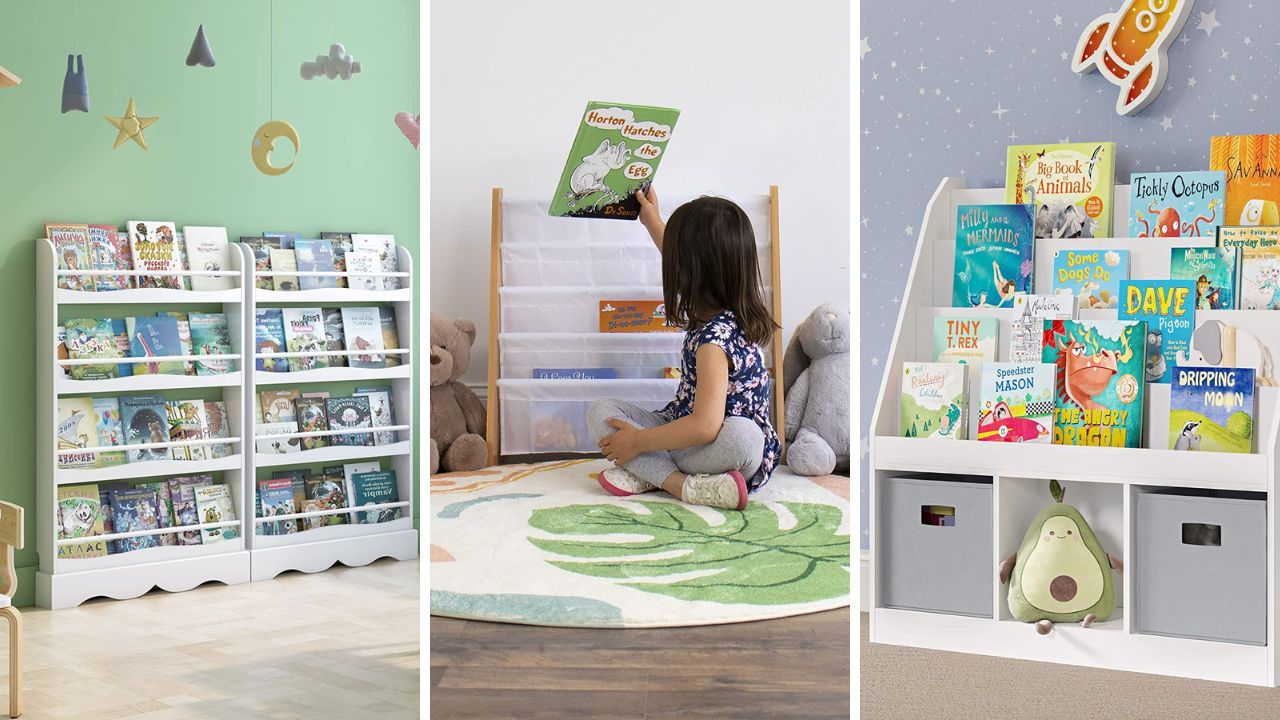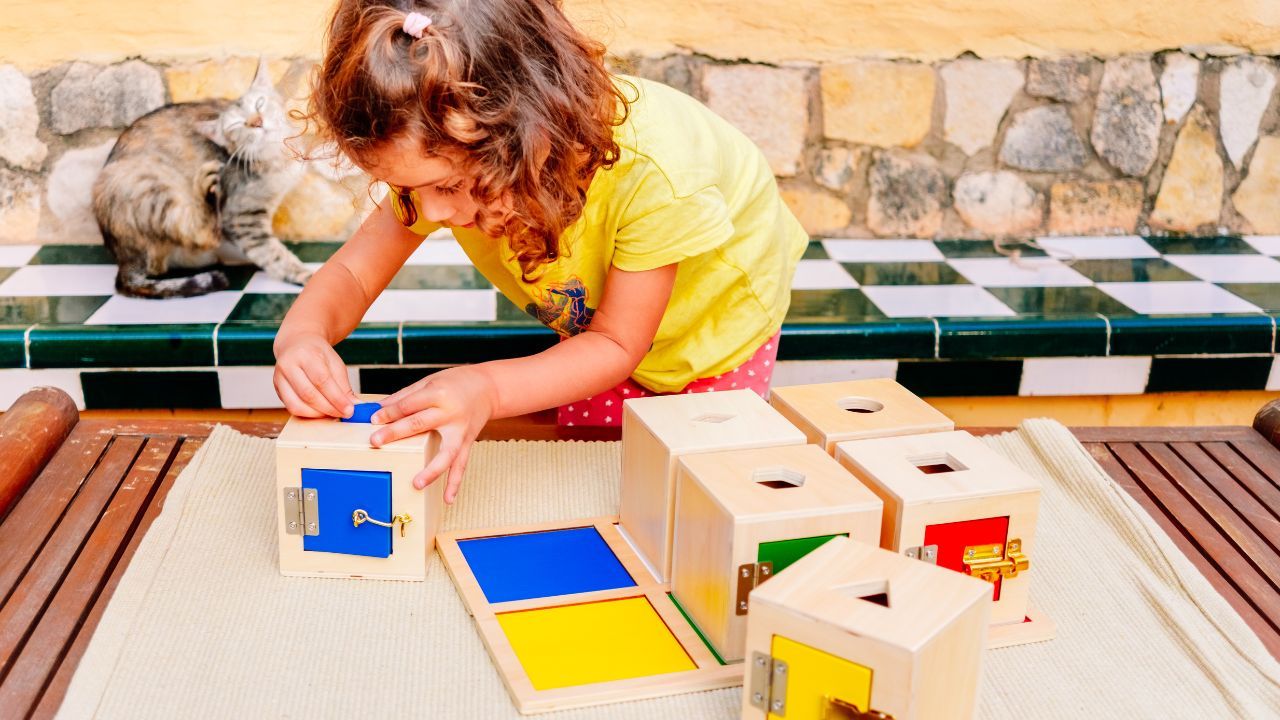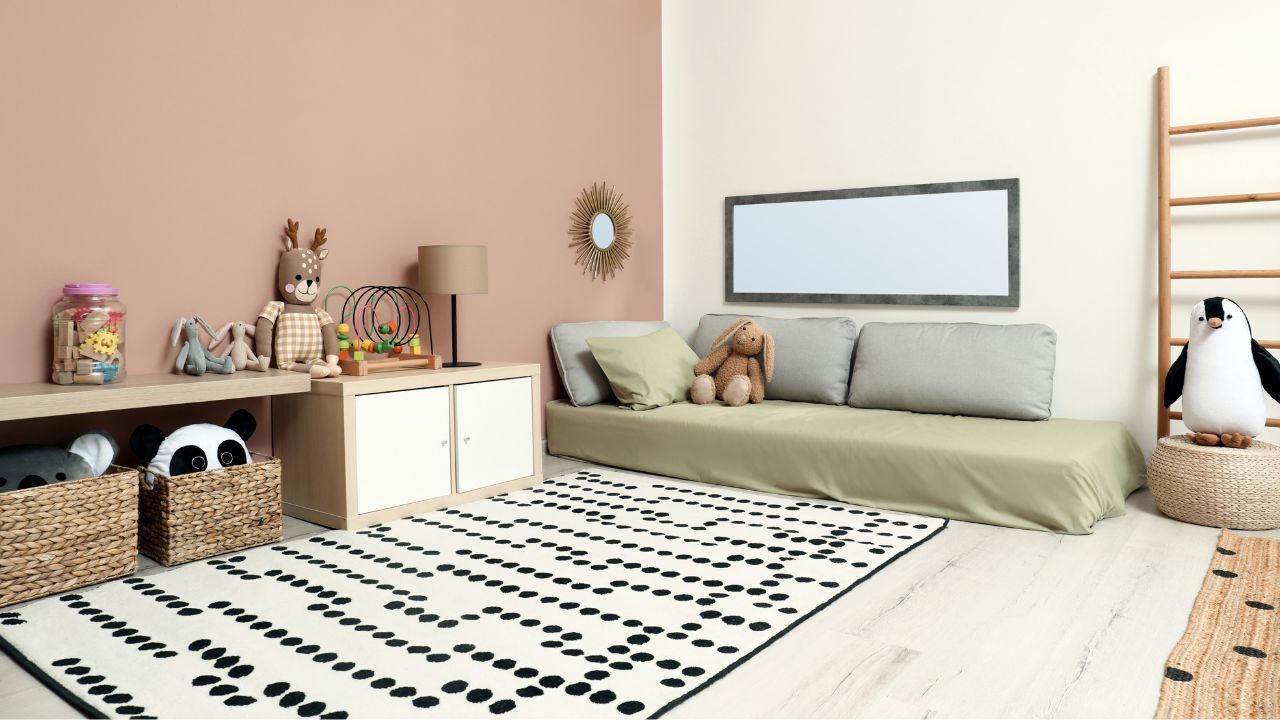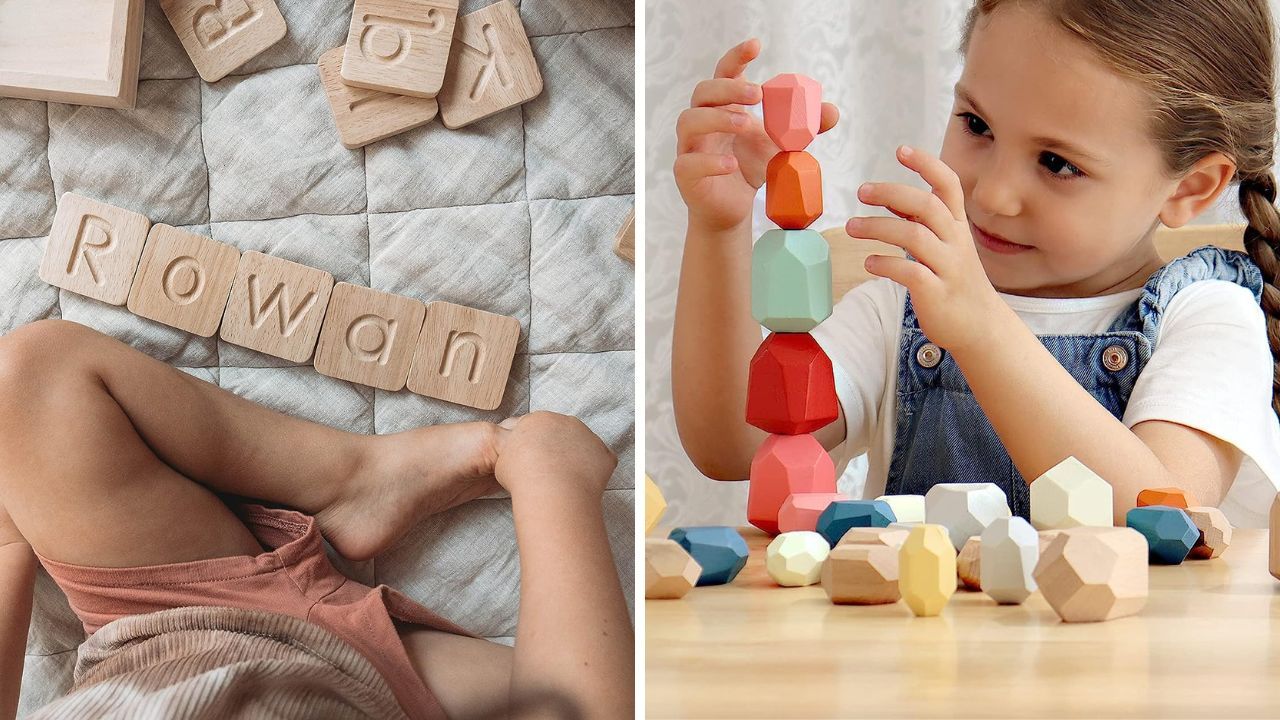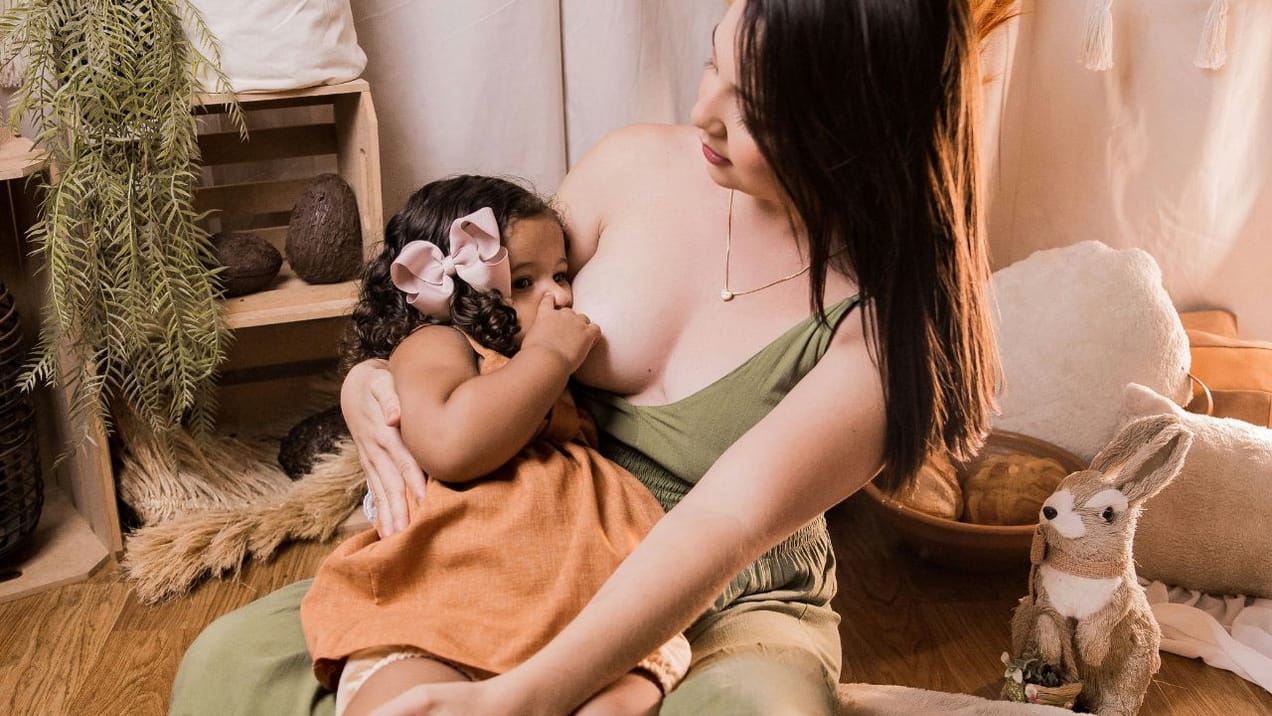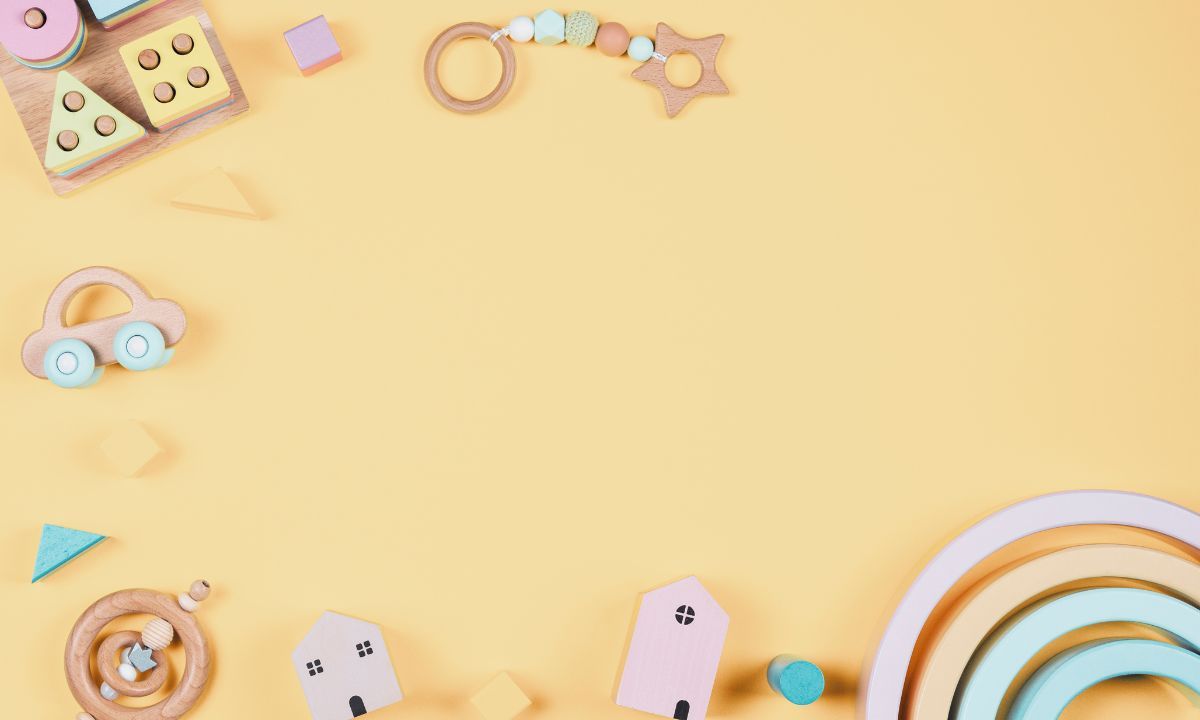
Why Are Montessori Toys Wooden: Embrace Natural Learning
Ever wondered why are Montessori toys wooden? Uncover the reasons behind the choice of wood for these educational tools.
If you're a parent, teacher, or even just an admirer of educational methods, you might have come across the term "Montessori".
This unique approach to education, developed by Dr. Maria Montessori, focuses on fostering a child's natural interests and independence.
You've probably noticed that Montessori toys, unlike the brightly colored traditional toys found in toy stores, are primarily made of wood.
Ever wondered why? Well, stick around as we delve deep into the reasons behind this choice.
Disclosure: We only recommend things we’ve personally used or come highly recommended by trusted peers. Using one of our referral links might give us a small commission which helps support this website at no additional cost to you. If you’d like to learn more check out our disclaimer page.
The Philosophy Behind Wooden Montessori Toys
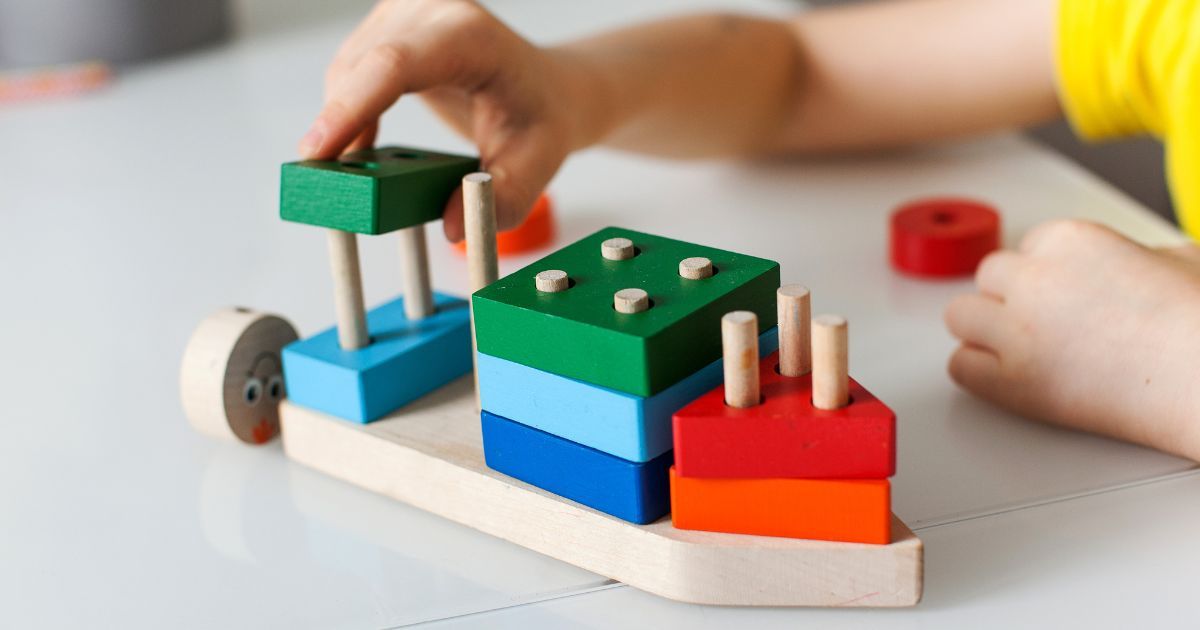
The Montessori philosophy is all about creating a rich environment that stimulates children's senses and encourages active learning. And believe it or not, toys play a significant role in this.
Firstly, wooden toys are inherently "real". They're not replicas or simplified versions of real-world items - they're tangible, solid pieces that kids can explore with their hands.
This direct interaction allows children to experience the weight, texture, temperature, and even the subtle scent of the wood, providing a multi-sensory learning experience. But Montessori toys are so much more than just playthings.
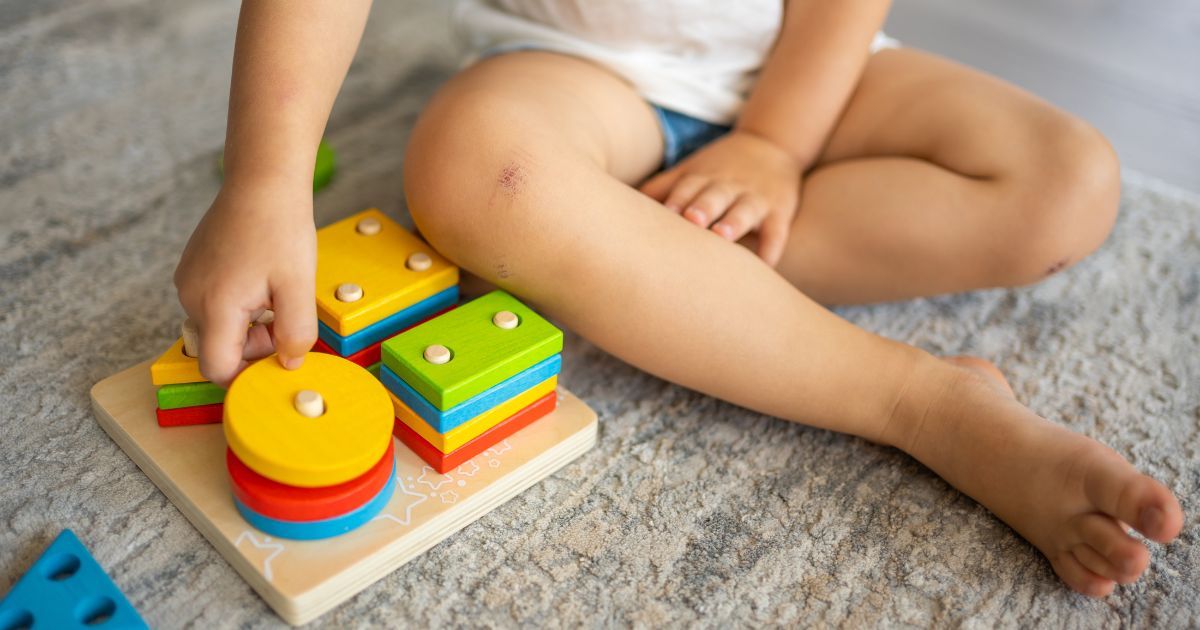
Each toy is designed with an educational purpose in mind, whether it's to develop fine motor skills, teach about cause and effect, or foster problem-solving abilities.
For instance, a simple wooden stacking toy may seem basic, but it's actually teaching your child about balance, size discrimination, and hand-eye coordination.
This is why you won't find any battery-operated or digital toys in a Montessori classroom.
Instead, you'll see shelves filled with wooden puzzles, blocks, and other beautifully crafted playthings, each with its own purpose in aiding a child's intellectual and sensory development.
Health and Safety of Wooden Toys
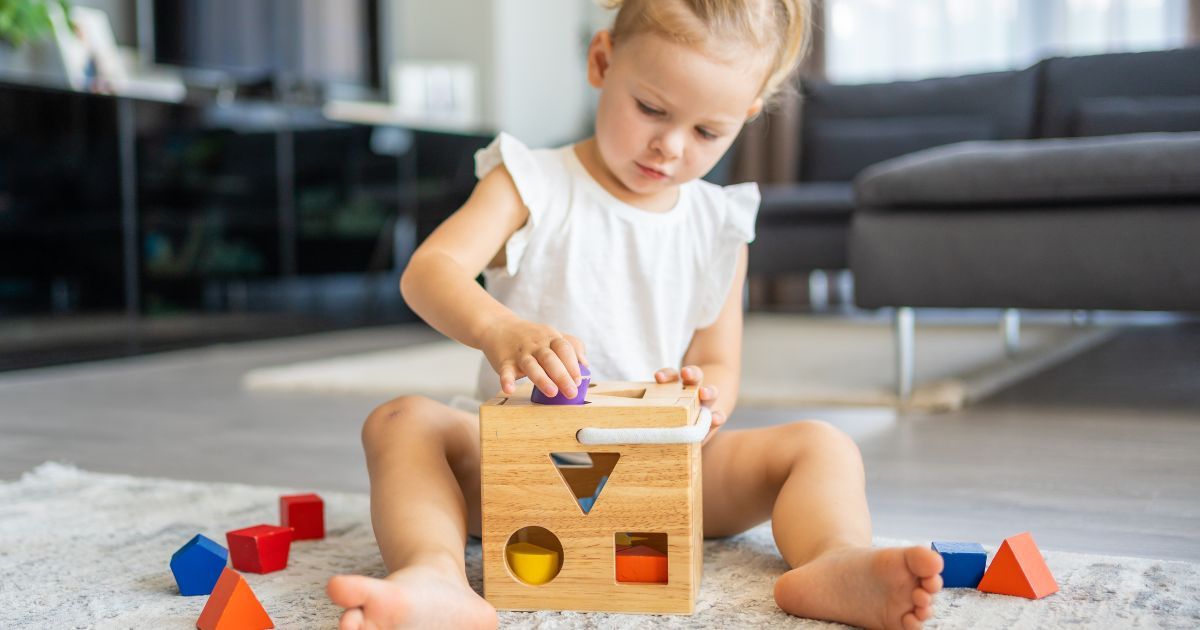
When it comes to your child's safety, nothing should be compromised. Thankfully, wooden Montessori toys are not only educational but also safe.
Moreover, wooden toys are robust and less likely to break into sharp pieces, reducing the risk of injury.
On the other hand, plastic toys can sometimes crack or shatter, creating sharp edges that can be dangerous for little ones.
Durability and Environmental Impact
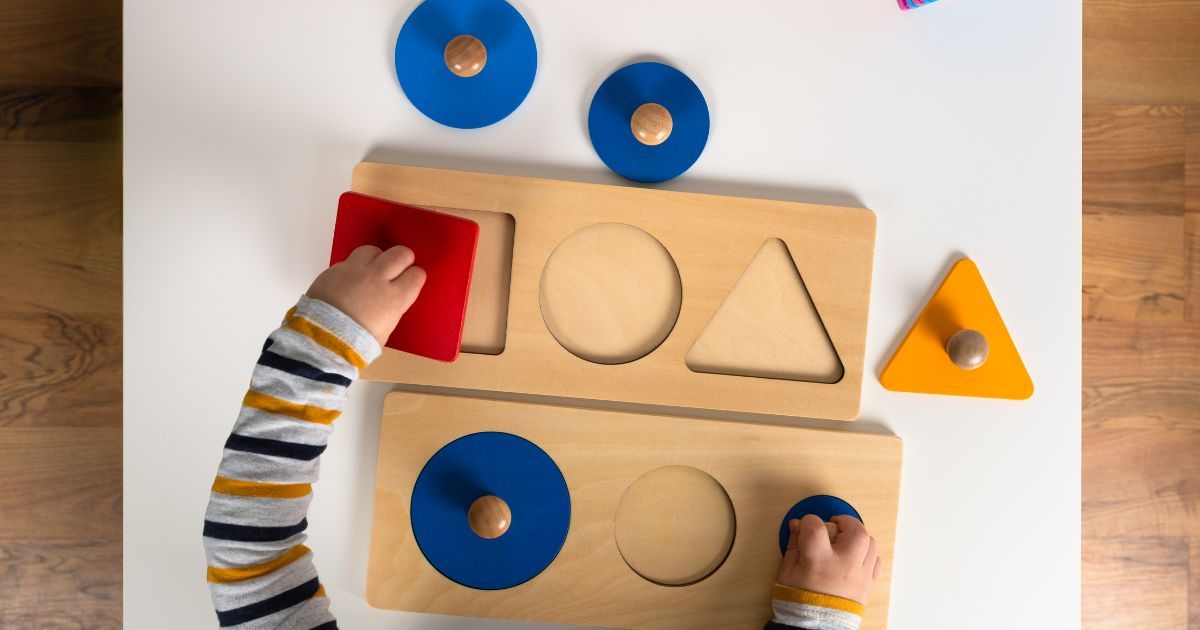
Wooden toys are not just safe; they're also incredibly durable.
These toys can withstand years of play without losing their charm or functionality. This makes them a cost-effective choice in the long run, as they can be passed down from one child to another, standing the test of time.
In terms of environmental impact, wooden toys have a smaller carbon footprint than their plastic counterparts.
In contrast, a plastic toy will contribute to pollution and is not biodegradable. By choosing wooden toys, you're not only making a safe choice for your child but also a responsible choice for our planet.
Aesthetics and Attraction
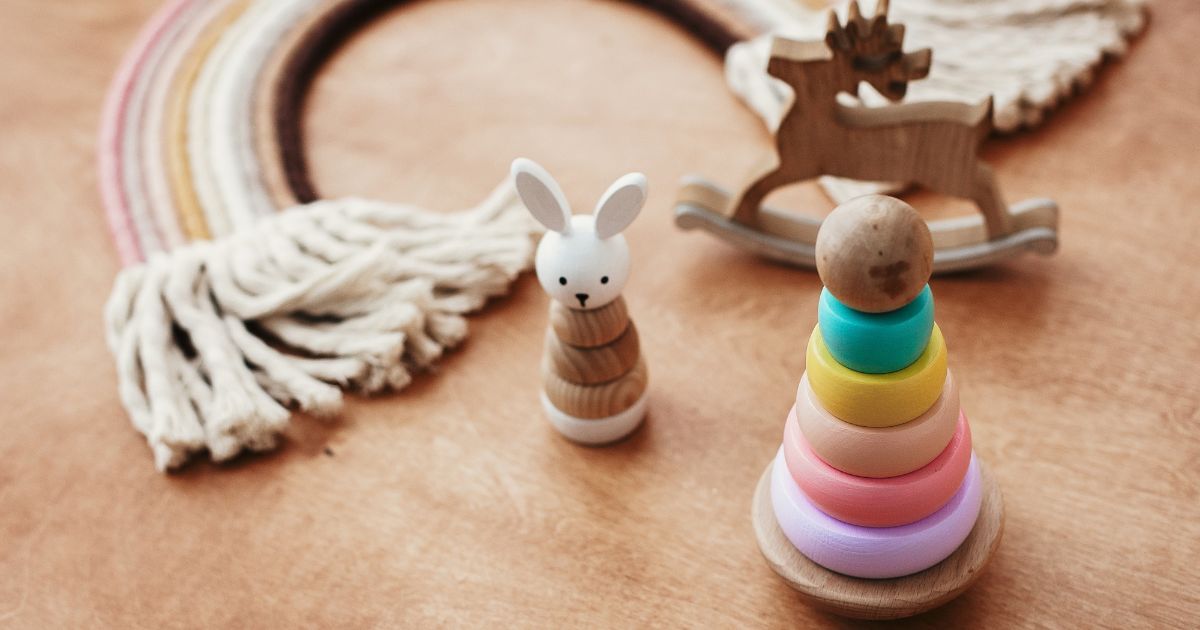
Apart from the practical benefits of Montessori toys, there is a simple beauty to wooden toys.
Their natural textures, warm tones, and unique grain patterns make them truly delightful to look at. These toys are aesthetically pleasing and inspire wonder for a child's budding imagination.
They blend beautifully with any home decor, creating a peaceful play environment.
So, not only do these toys appeal to children, but they're also a hit with parents who appreciate their understated elegance.
Sensory Engagement and Development Benefits
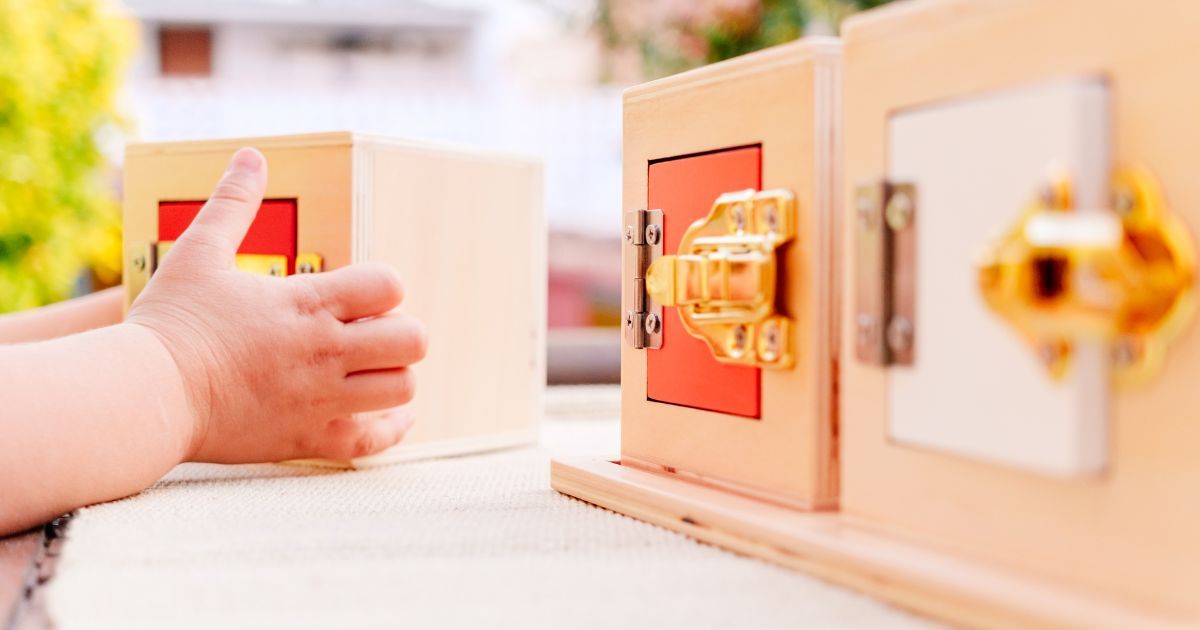
Wooden toys offer a rich sensory experience for children, unlike plastic toys.
- The natural textures, the weight, and even the faint smell of wood engage all of a child's senses.
- The tactile nature of wooden toys stimulates the touch, while their weight provides feedback on balance and strength.
- Even the soft sound of wooden blocks knocking together is different from the harsh noise produced by plastic toys.
But sensory engagement is just the start. Wooden toys also contribute significantly to a child's development. These toys foster curiosity, creativity, and concentration.
A wooden puzzle, for instance, encourages problem-solving and logical thinking. Building blocks inspire creativity and spatial awareness.
And the simple act of stacking wooden rings on a peg can improve hand-eye coordination and concentration.
Types of Wood Used in Montessori Toys
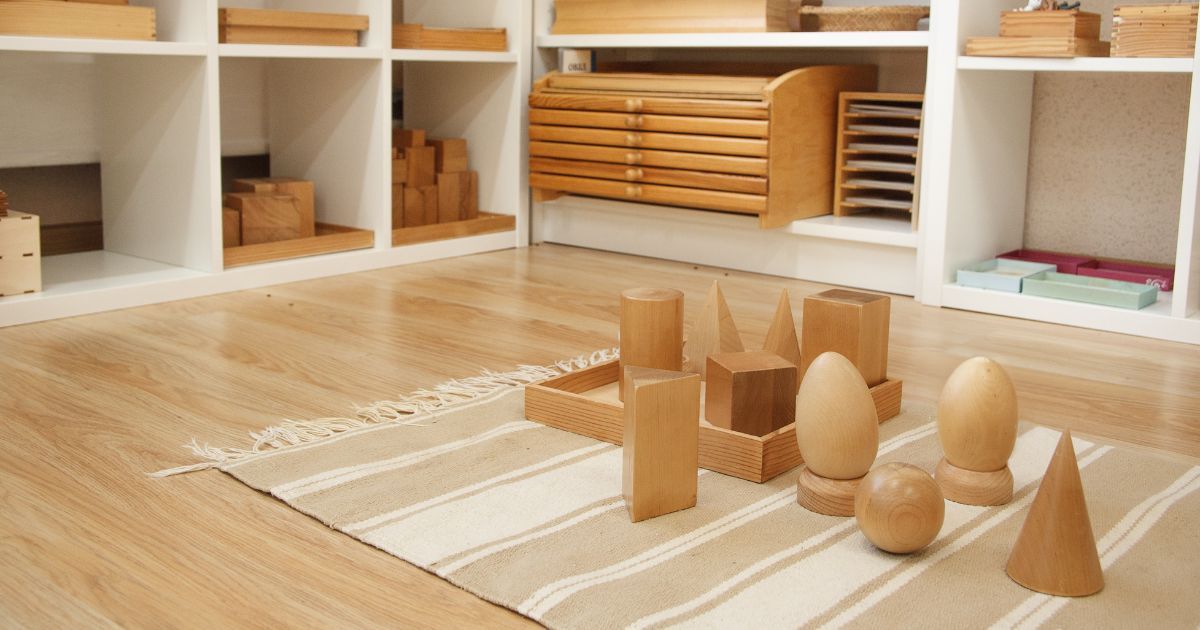
Did you know that not all wooden toys are created equal? Different types of wood bring different qualities to Montessori toys.
Some toys even use exotic woods like cherry or walnut, adding a touch of luxury with their unique grain patterns and colors.
Examples of Montessori Toys
Montessori toys, often dubbed 'educational toys', are designed to stimulate a child's curiosity and foster their development. They're often simple in design but packed with learning opportunities.
Here are a few prime examples that you may find in Montessori classrooms:
1. Wooden Stacking Toys
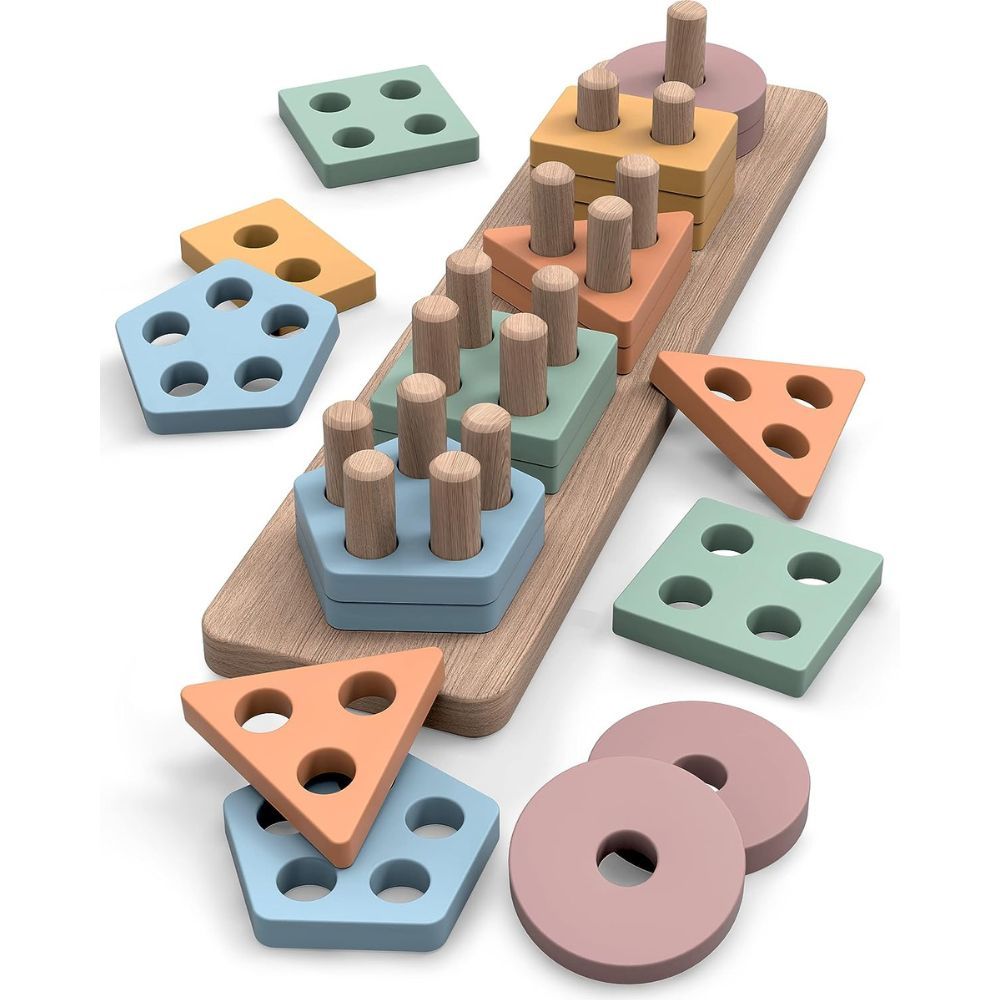
These may seem basic, but they offer a multitude of lessons. Children can learn about size discrimination, balance, and hand-eye coordination while playing with these toys.
2. Sensory Boards
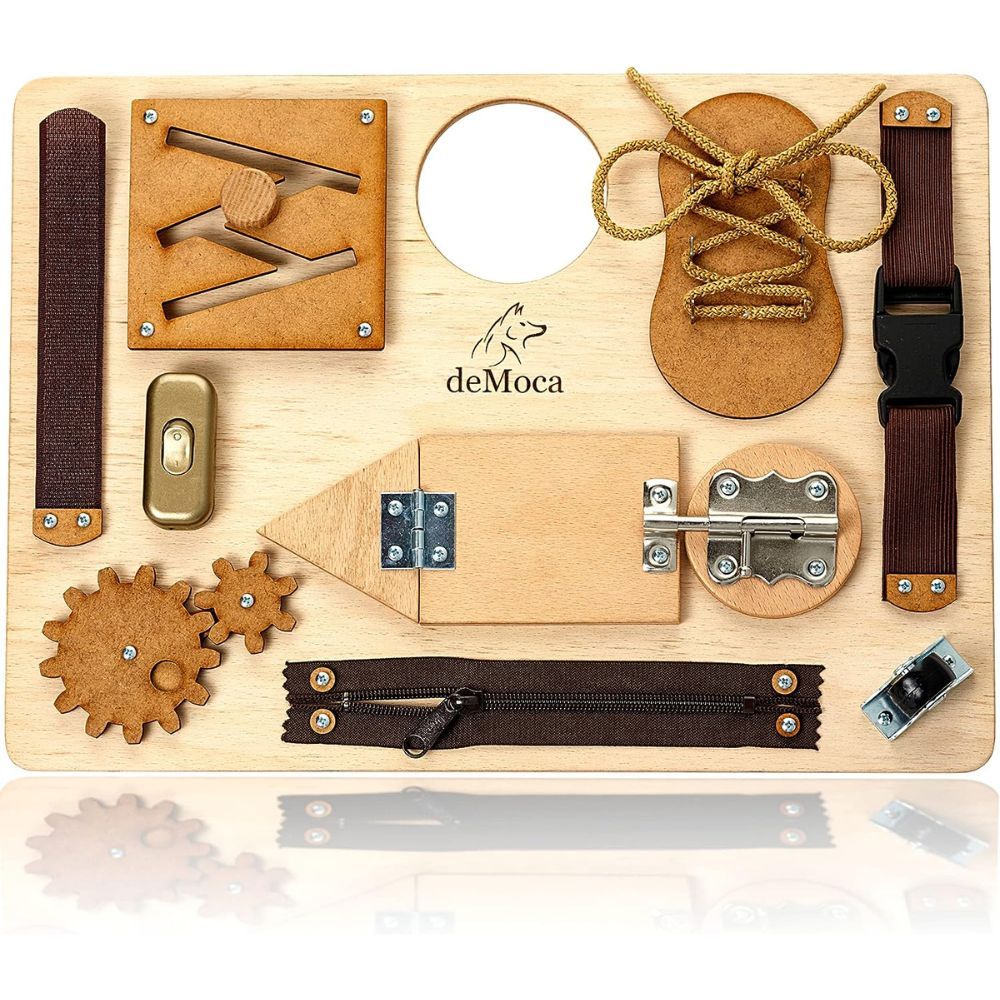
Often made of wood, these boards have different latches, switches, and textures to explore. They're excellent for developing fine motor skills and understanding cause and effect.
3. Wooden Blocks
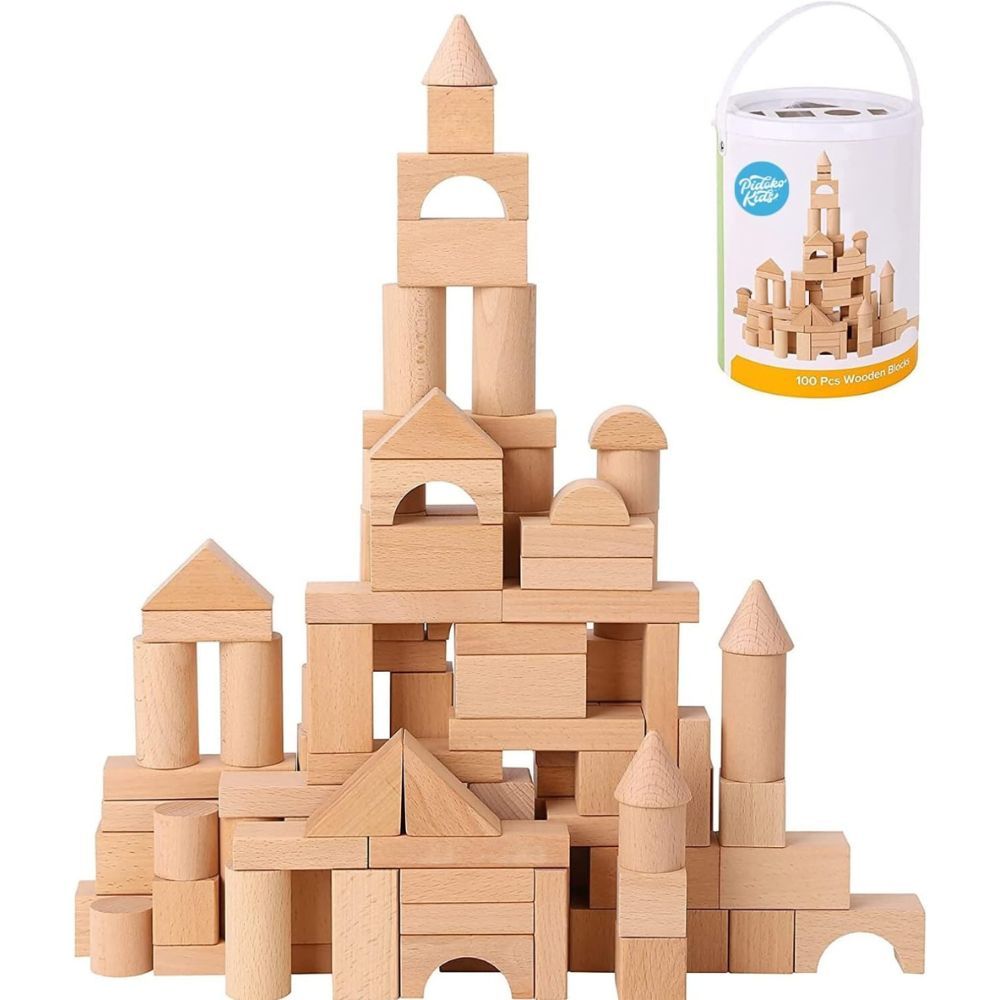
A true classic, wooden blocks allow children to construct, create, and imagine. They're excellent for developing spatial awareness, problem-solving skills, and creativity.
4. Shape Sorters
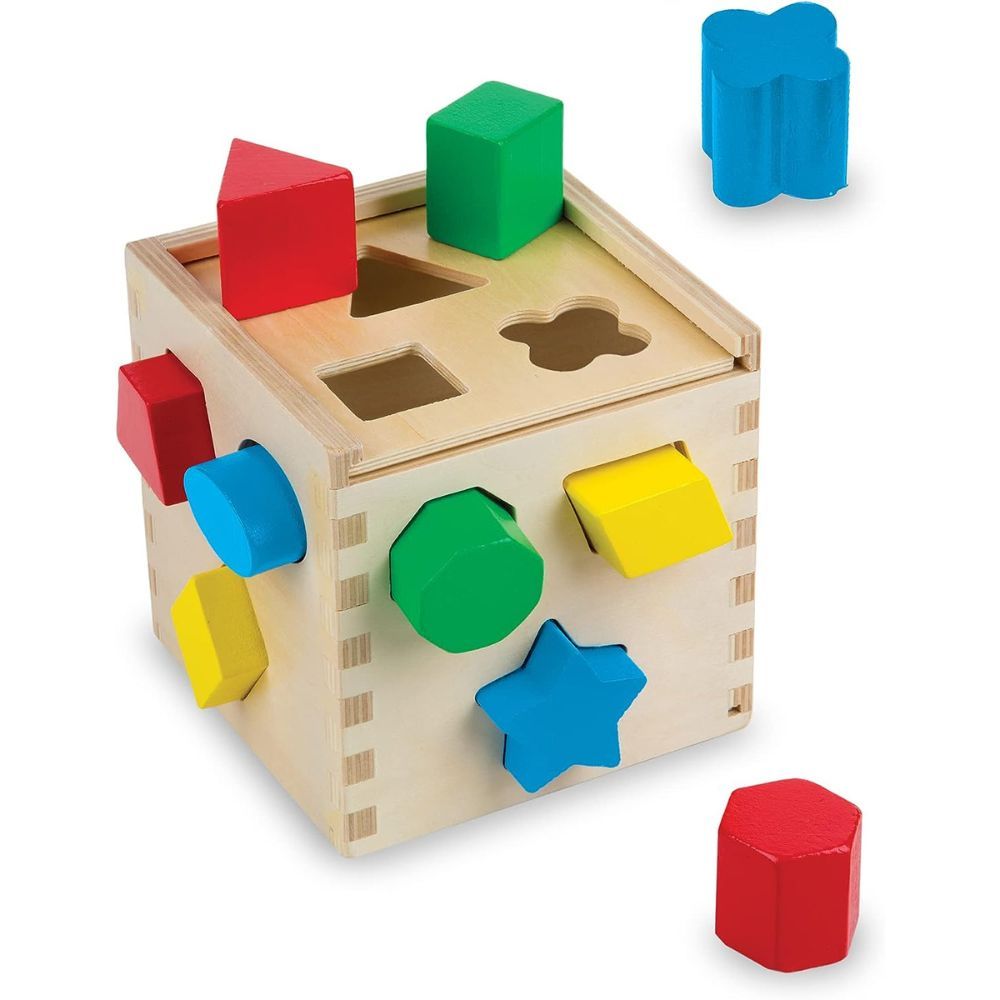
These toys help children understand shapes and spatial relationships, all while improving their fine motor skills.
5. Wooden Puzzles
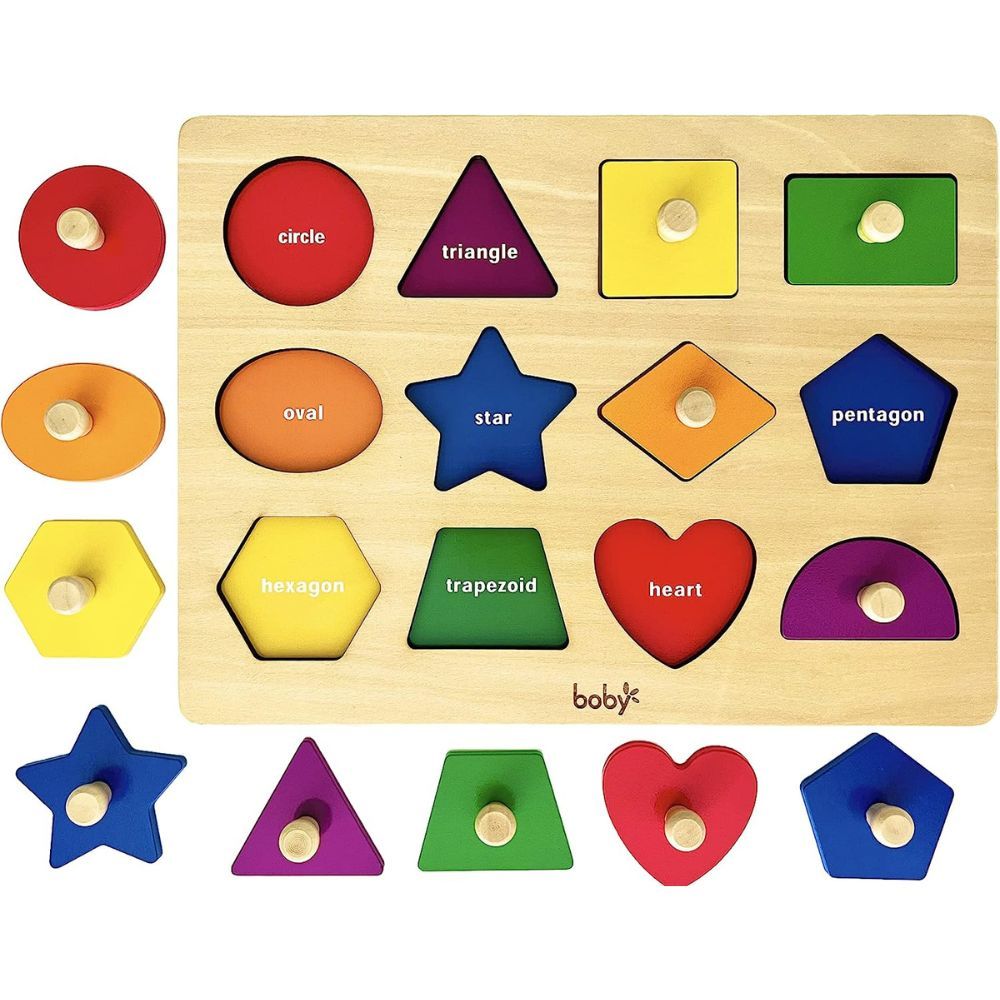
Puzzles are fantastic tools for developing hand-eye coordination, problem-solving skills, and even patience. Montessori puzzles often feature realistic images or objects to help children connect with their world.
Remember, the best Montessori toys are those that your child is drawn to and can learn from. So, don't be afraid to observe and follow your child's interests!
Frequently Asked Questions
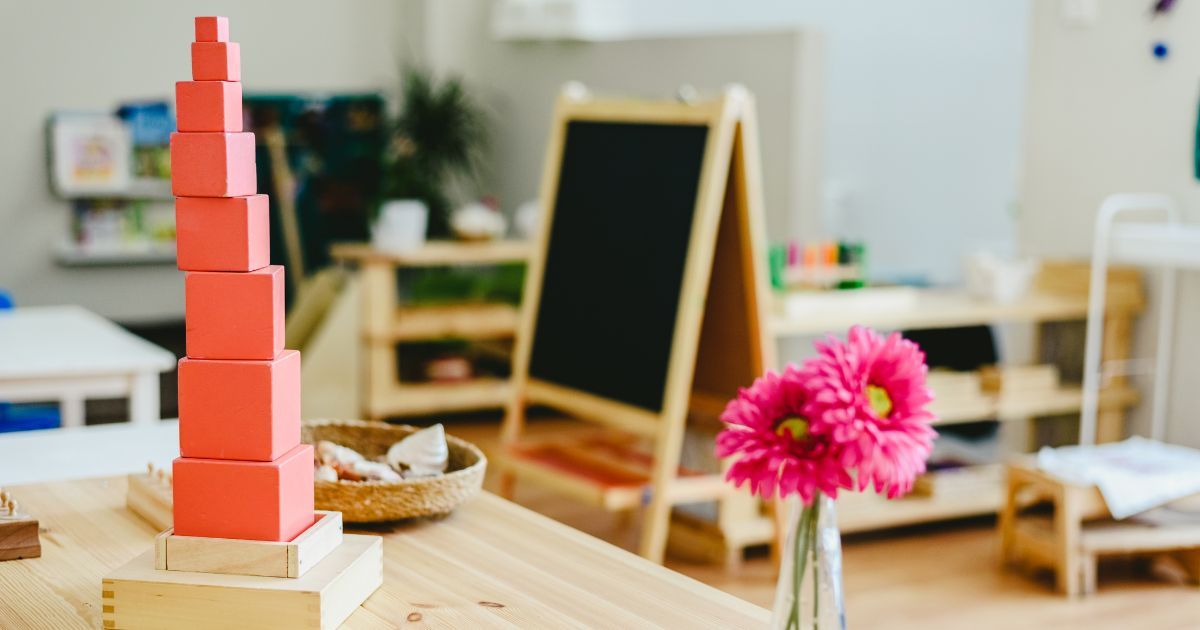
Why are there no plastic toys in Montessori?
Montessori education favors wooden toys over plastic due to their safety, durability, and environmental benefits.
Wooden toys offer a rich sensory experience and boost development by fostering creativity and concentration.
Despite this, some Montessori-approved toys can be made of plastic, provided they promote learning and don't contain harmful substances.
Why are Montessori wooden toys better?
Wooden toys are preferred in Montessori because they are safe, durable, and environmentally friendly.
They stimulate children's curiosity and creativity, and also provide a calming sensory experience.
Plus, their natural beauty makes them more aesthetically pleasing than plastic toys.
What is the purpose of wooden toys?
Wooden toys serve multiple purposes. They stimulate a child's senses with their natural textures and help enhance cognitive abilities, creativity, and physical skills.
Additionally, they offer a soothing experience that can lower anxiety during play, making them a more environmentally friendly and beneficial choice over plastic toys.
What makes Montessori toys different?
Montessori toys, unlike regular toys, are designed to stimulate learning by encouraging kids to experiment and explore independently.
These toys are often made of natural materials, like wood, and focus on teaching practical life skills through open-ended play.
They also have a specific educational purpose, aiming at the development of a particular area, rather than just providing entertainment.
Why do Montessori toys have no color?
Montessori toys are often made with natural materials and colors to avoid overstimulation and to promote a peaceful learning environment.
They can have color, but usually in soft, muted tones rather than bright primary colors. This approach helps children focus on the toy's purpose and function, rather than its appearance.
Why are Montessori toys so expensive?
A Montessori toy often costs more because they are made from high-quality, often sustainably sourced materials, which last longer than typical toys. They also require careful crafting to support the Montessori method of learning.
Why are Montessori blocks pink?
Montessori blocks are pink to help children visually recognize differences in size.
Known as the Pink Tower, these blocks introduce mathematical concepts and improve fine motor skills.
The uniform color keeps the focus on size, not color, enhancing the child's ability to discriminate between different dimensions.
Why are busy boards not Montessori?
Busy boards are typically not considered Montessori because they don't focus on one skill at a time, a key principle in Montessori learning.
They often feature multiple elements that can overwhelm rather than aid a child's concentration. While they might share some concepts with Montessori, they are not designed for repeated, isolated practice of practical life skills.
Final Thoughts
So why are Montessori toys wooden? As we've discovered, it's about more than just tradition or aesthetics.
Wooden toys are safe, durable, and environmentally friendly. They provide a rich sensory experience and offer numerous developmental benefits.
They're not just toys - they're tools for learning, designed to ignite curiosity and foster essential skills often independently and at their own pace.
As a parent, choosing toys for your child can be overwhelming. But hopefully, understanding the philosophy behind Montessori and a wooden toy can make that decision a bit easier.
Remember, it's not just about keeping your child entertained. It's about giving them the best tools for learning and growth.
So next time you're considering a new toy, why not choose a wooden one? Your child - and the environment - will thank you!
Before You Go...
